Critters, Planet Observing
Posted: 16 June 2015
On my way to the observatory I saw this friendly visitor:
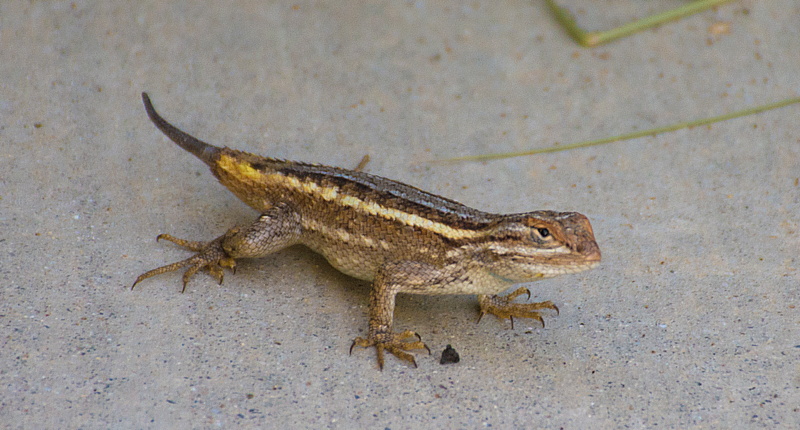
I've seen him several times over the past couple of weeks. The first time I saw him the tail was completely gone, but is now growing back.
|
Open: Monday, 15 June 2015, 1901 MST Temperature: 97°F |
Session: 836 Conditions: Partly cloudy |
1910 MST: viewed Jupiter, 83X. No moons were visible against the bright sky. Viewed Venus, 83X. Seeing was not very good but was still a nice view. 1924 MST: went back to Jupiter and viewed it with the William Optics Binoviewers, 100X. Three moons were now visible: Europa, Io, and Ganymede. Callisto was too faint.
Cloud cover was becoming a problem, with more clouds coming in from the southeast, as seen in this view to the southeast:
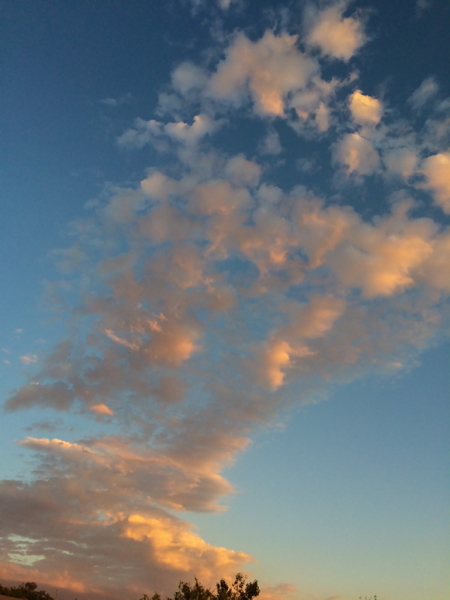
1928 MST: the Jovian moon Callisto was now visible at 100X in the Binoviewers. 1932 MST: could see the Great Red Spot (or "Small Pink Spot", which is more accurate) rotating into view. 1933 MST: Jupiter and Venus were naked eye visible. 1934 MST: viewed Jupiter and Venus using 12x70 binoculars. Both were not in the same 4.6° field-of-view this night but they will be in the coming nights as they approach a very close conjunction on 30 June (0.3°).
1937 MST: sunset. A large family (herd?) of Quail came to visit:
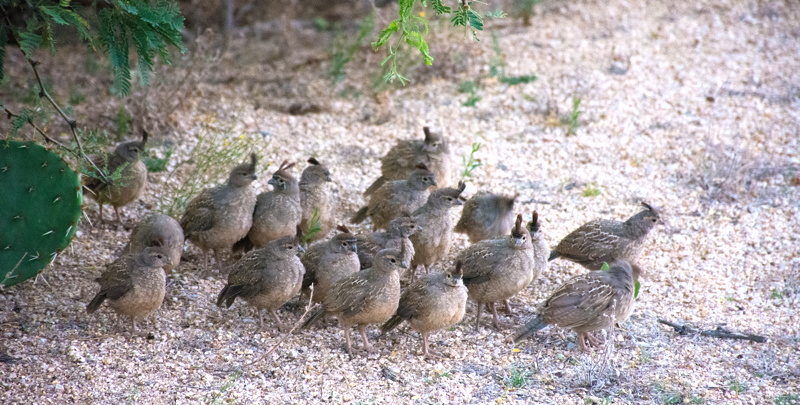
This is the largest Quail family (19 chicks) that I've ever seen. Momma and Poppa Quail were nearby watching over their kids.
1946 MST: Seeing at Jupiter was worsening. 1953 MST: Saturn was visible to the southeast but clouds were interfering.
2007 MST: saw the first Kissing Bug of the evening; terminated.
2010 MST: the Great Red Spot was nearing Jupiter's central meridian, but seeing was not good.
2015 MST: slewed the 8" LX200-ACF telescope to Saturn and viewed the planet through the Binoviewers, 100X. Clouds were hampering the view. There were also more clouds now in the north through northeast. Three Saturn moons were visible: Titan, Tethys, and Rhea.
2017 MST: Kissing Bug #2 terminated. 2020 MST: Kissing Bug #3 terminated.
2021 MST: the moon Dione became faintly visible, 100X.
2025 MST: clouds were now in most of the sky. Forecasts said it was supposed to be clear.
2026 MST: 4th Kissing Bug seen and photographed:
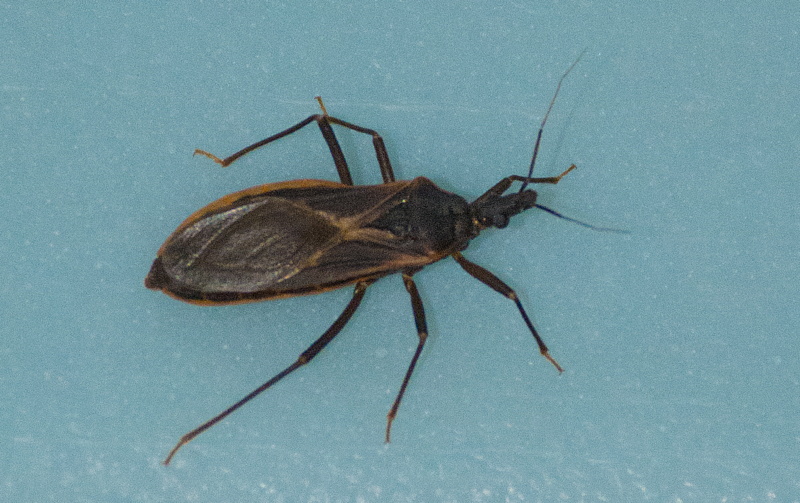
It was then terminated.
Switched to the 2" 24mm UWA eyepiece (83X) and then decided to close up for the night due to the clouds. 2032 MST: terminated Kissing Bug #5.
|
Close: Monday, 15 June 2015, 2042 MST Temperature: 84°F |
|
If you had a problem viewing the large video of the night sky at Oracle State Park that was on my report from Saturday, 13 October, you may be able to view this smaller (27.4 MB) version:
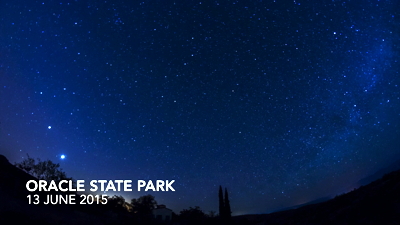
Click or tap on image to watch video
Comments are welcome using Email. If you are on Twitter you can use the button below to tweet this report to your followers. Thanks.
Cassiopeia Observatory Home Page
Copyright ©2015 Michael L. Weasner / mweasner@me.com
URL = http://www.weasner.com/co/Reports/2015/06/16/index.html
